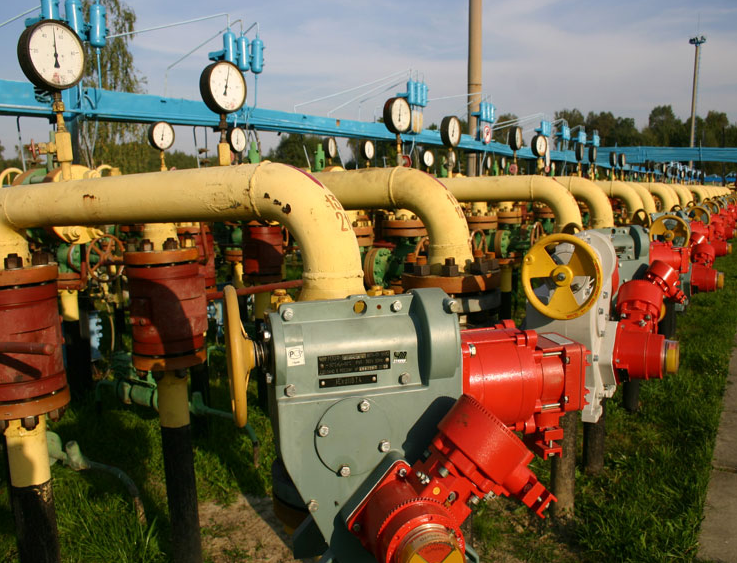
It may be too soon to write OPEC’s obituary, but the oil producer club appears in urgent need of late-life care. It shows little understanding of where it is, how it got there or where it’s going. While it still manages to collect new members here and there, its core group looks more fragile than at any point in nearly 30 years.
The historic output agreements, put together so painstakingly last year, are failing. Nearly 12 months of shuttle diplomacy culminated in two deals that would see 22 countries cut production by nearly 1.8 million barrels a day. Implementation has been better than for any previous output cut, with compliance put at 106 percent in May. A resounding success? Hardly.
We’re now in the final month of those deals and oil prices are lower than when they were agreed. Not only have producers sacrificed volume, but they earn less for each barrel they do produce.
The recent extension of the deals just leaves output restraint in place for another nine months, the best response OPEC could muster. Deeper cuts were barely mentioned. Assertions to do “whatever it takes” ring hollow.
Indeed, there’s no appetite for the big cuts that would demand real sacrifices in countries such as Russia, where normal seasonal factors helped it lower production in the first half of the year. Just sticking to current output levels could be difficult for the rest of 2017: early maintenance work has helped several OPEC members meet their targets but that can’t continue. Then there’s the problem of recovering output from Libya and Nigeria, both exempt from the cuts.
The malaise runs much deeper, though. Beneath a veneer of unity, rifts are developing among core Middle East members. The Saudi-led confrontation with Qatar could create the most serious split since Iraq invaded Kuwait in 1990. As I wrote last week, Iraq might be in Mohammed bin Salman’s sights next, as Iran’s influence there grows and Baghdad lags the rest in implementing output cuts.
As if the internal failings weren’t enough, OPEC seems to have lost touch with reality. Ministers say higher prices are needed to pay for investment in future production capacity, issuing dire warnings of a future supply crunch. They said the same thing to justify prices soaring above $100 a barrel in 2008. It wasn’t true then, and it may not be true now.
The oil industry has responded to the price slump by slashing costs. Projects that needed $100 crude to break even have magically been redesigned to be profitable at half that level.
OPEC has completely misjudged the North American shale industry and seems not to understand how it is still evolving rapidly. It’s a little like trying to explain the internet to my 85-year-old mother, or my 12-year-old daughter trying to explain social media to me. As consultant Morten Frisch tells me, drilling horizontal sidetracks from abandoned wells in the Permian Basin is yielding a 91 percent internal rate of return on a $7 million investment and delivering 1,500 barrels a day of crude. He predicts large production increases from vertical wells in previously produced areas in the Permian.
Having failed to use the good times to invest for a future of low oil prices, OPEC is facing a crisis of old age. It is falling apart internally, confounded by the world and increasingly irrelevant.
Recommended for you
